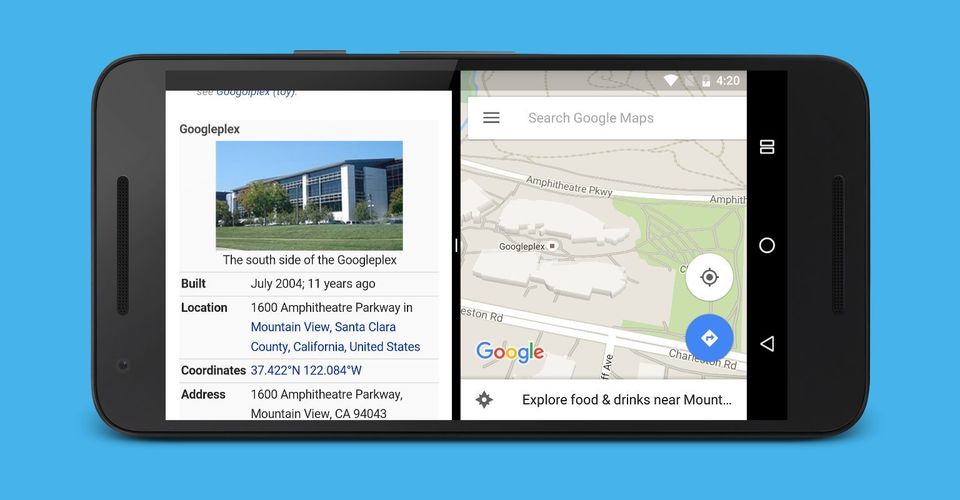Android Split-Screen: How To Use Two Apps At The Same Time

For users who like multitasking, Android’s split-screen feature is one to know about. Although it’s been available as part of Android’s operating system for several years, it’s still a much more obscure feature and one that many users might not be aware of. However, understanding how it works is a great way to do more on an Android device.
With the launch of Android 11, a slew of new features and quality-of-life changes debuted on Android smartphones. However, there are still some features that have existed on Android for quite some time that users remain unfamiliar with. For whatever reason, some smartphone features seem to fall under the radar or are overshadowed by much larger changes. This may have been the case for split-screen, even though it opens up the device to doing more than one thing at the same time.
Split-screen allows Android users to run two apps at the same time on one screen. The feature can be used with most apps, only occasionally excluding apps that require the entire screen to function properly. This means that users are unable to use split-screen when playing games. Split-screen also will deplete the phone’s battery much faster, so it’s worth keeping that in mind when looking to use two apps at once. Not all Android devices support split-screen, so users will need to make sure that their device is compatible with the feature before trying to access it.
How To Use Split-Screen On Android

Google actually changed how to access split-screen in Android 10, so some users that knew about split-screen may have thought that it was removed. To match the accessibility features of Android 10, split-screen was made a little easier to use, but harder to find. To open split-screen, users need to go to their recent apps – also known as the overview screen. Like many Android features, the location of this depends on the phone, gesture settings, or home screen layout, but users will need to locate their recent apps to access split-screen settings. For those on a newer and more stock-like UI, the recents menu can typically be accessed by holding the bottom bar and dragging the bar up.
Once a user is on their recent apps menu, they’ll need to find the app they want to split-screen with and tap the three-dot menu at the top of the window. For Samsung devices, users will need to hold down the app logo at the top of the window. From here, users can choose to open in split-screen. Opening the second app is much easier, as users can just tap on any app and it will automatically open in split-screen view. From here, users can drag the middle bar to decide which app takes up more or less of the screen, resizing both Android windows to fit whatever tasks they’re working on.
About The Author

















